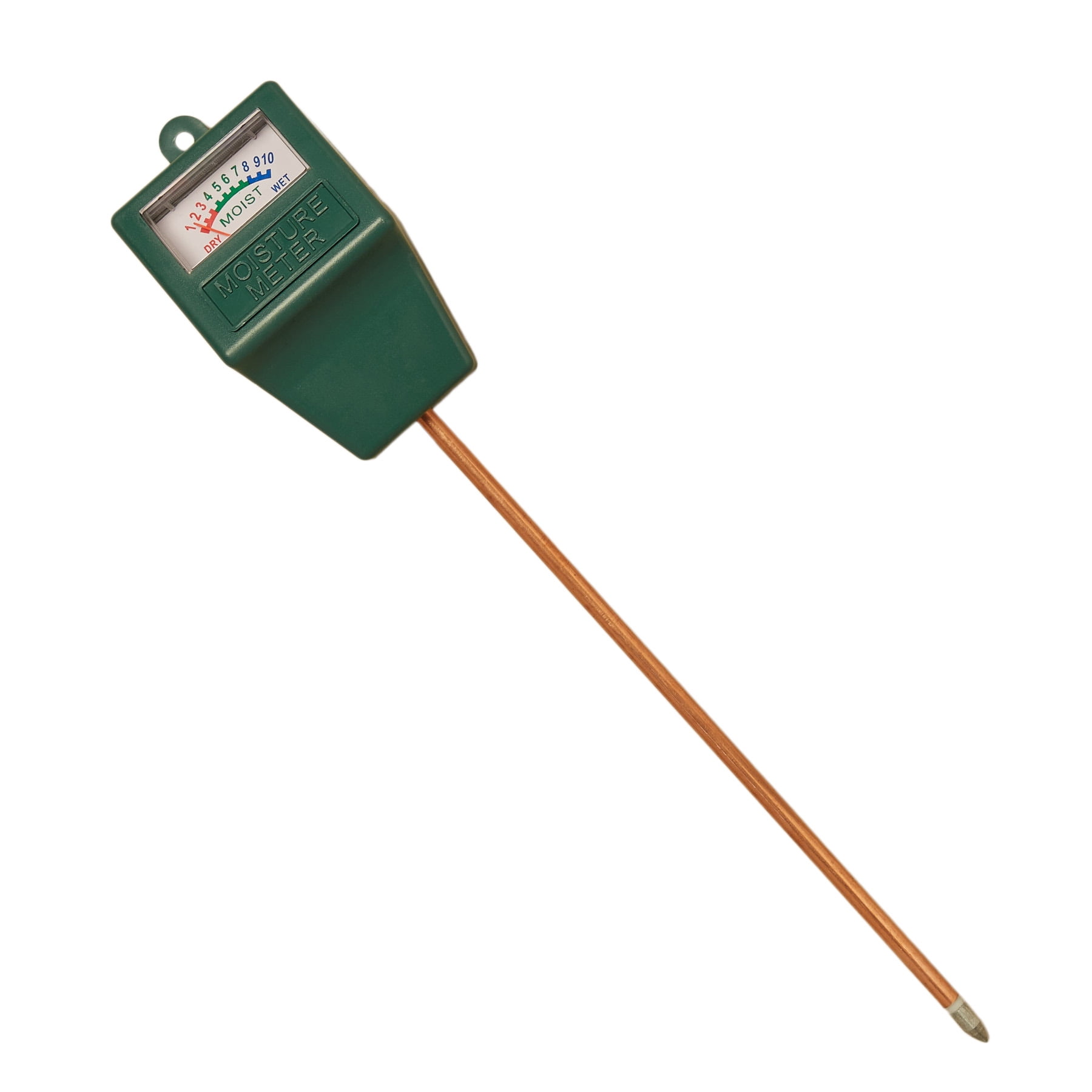Just how to Utilize a Moisture Meter to Discover Covert Water Damage in Your Building
Just how to Utilize a Moisture Meter to Discover Covert Water Damage in Your Building
Blog Article
Look Into the Globe of Moisture Meters: Every Little Thing You Need to Know
In the world of dampness meters lies a globe of precision and usefulness that commonly goes undetected. Recognizing how moisture meters run, the various kinds readily available, and their diverse usages can shed light on their value in making sure top quality and effectiveness.
How Moisture Meters Work
Moisture meters operate by measuring the electrical conductivity or capacitance of materials to identify the wetness content existing. These meters are vital devices throughout various markets, including woodworking, agriculture, and building. By utilizing different approaches such as pinless or pin-type innovation, moisture meters supply accurate analyses that aid experts make educated decisions.
Pin-type wetness meters work by putting the sharp pins right into the product being tested. On the various other hand, pinless dampness meters utilize electromagnetic signals to scan a larger area without triggering any type of damage to the material's surface.
No matter the method utilized, moisture meters play a critical duty in preventing issues such as mold and mildew growth, architectural damage, or product problems brought on by excess moisture. Understanding just how these meters job is essential for making certain the quality and stability of materials in numerous applications.
Sorts Of Moisture Meters
Offered the critical role moisture meters play in different markets, it is crucial to comprehend the various kinds offered to professionals for properly analyzing dampness levels - Moisture Meter. There are largely two main sorts of dampness meters: pin-type and pinless moisture meters

On the other hand, pinless dampness meters utilize electro-magnetic sensing unit plates to scan a larger area of the product without causing any damage. This kind appropriates for rapidly scanning big areas and is typically used for flooring, wall surfaces, and ceilings. Pinless meters are hassle-free for taking readings on finished surface areas without leaving any type of visible marks.
Both kinds of dampness meters have their benefits and are picked based upon the details requirements of the task at hand. Recognizing the differences between these kinds is important for professionals to make exact wetness evaluations.
Applications Throughout Industries
Construction professionals depend on dampness meters to analyze the moisture levels in his response building products like timber, concrete, and drywall, which is crucial for preserving architectural honesty and avoiding problems like rot or mold and mildew. The floor covering market makes use of moisture meters to measure the dampness web content in subfloors prior to installing various floor treatments, preventing costly problems due to excess dampness. In the food industry, wetness meters are used to keep track of and manage moisture degrees in items such as grains, nuts, and dried fruits to keep freshness and top quality.
Tips for Making Use Of Wetness Meters
Make use of the wetness meter's calibration settings to make certain exact analyses when measuring the dampness content in various materials. Calibration is essential for the correct functioning of a dampness meter. Before each usage, it is recommended to examine and adjust the calibration setups according to the particular product being evaluated. Additionally, make sure the meter is established to the proper moisture range for the material you are determining to acquire the most precise outcomes.
When making use of a pin-type wetness meter, place the pins to the ideal depth suggested for the material being checked. This makes sure that the dampness analyses are extracted from the right deepness within the material, providing an extra precise representation of its moisture material. For pinless moisture meters, keep in mind to maintain proper call with the material's surface area to obtain reliable analyses.
On a regular basis check and my company replace the batteries in your wetness meter to stop unreliable readings because of low power. When not in usage to prolong its life expectancy and maintain its accuracy, Store the meter in a dry and secure area. By following these pointers, you can take full advantage of the performance of your wetness meter and obtain specific moisture material measurements throughout various products.
Upkeep and Calibration
To make sure the accuracy of dampness material dimensions, routine maintenance and calibration of the dampness meter are necessary steps in its correct functioning. Calibration changes the dampness meter to make sure that it provides reliable and constant results.
Calibration should be executed regularly, especially if the dampness meter is utilized regularly or in crucial applications where specific measurements are needed. By preserving and adjusting the moisture meter consistently, users can trust the precision of the wetness material dimensions obtained.
Conclusion

Finally, dampness meters play a crucial function in numerous industries by accurately determining the moisture web content of materials. Understanding exactly how these gadgets work, the different kinds readily available, and appropriate visite site upkeep and calibration are important for getting reputable results. Whether in building and construction, agriculture, or manufacturing, making use of dampness meters assists guarantee quality assurance and performance in processes.

In final thought, wetness meters play an essential function in numerous industries by properly determining the moisture web content of materials.
Report this page